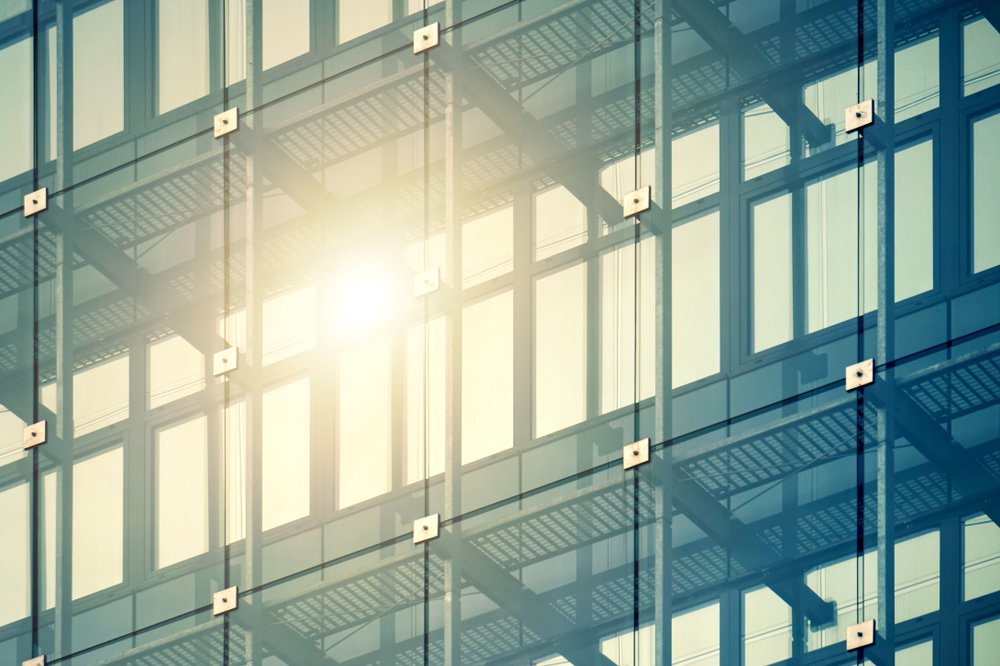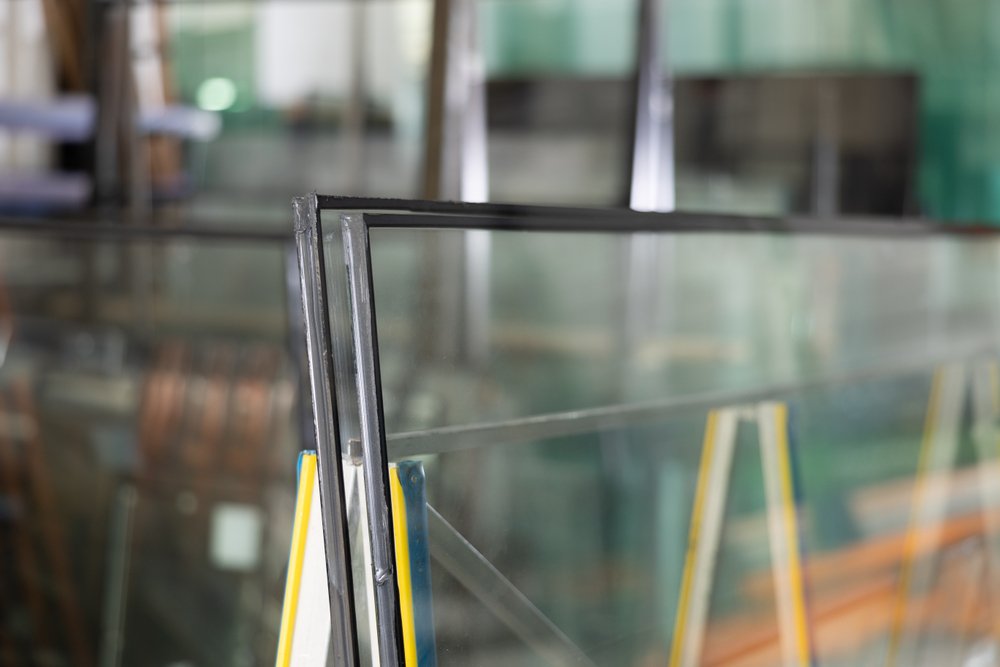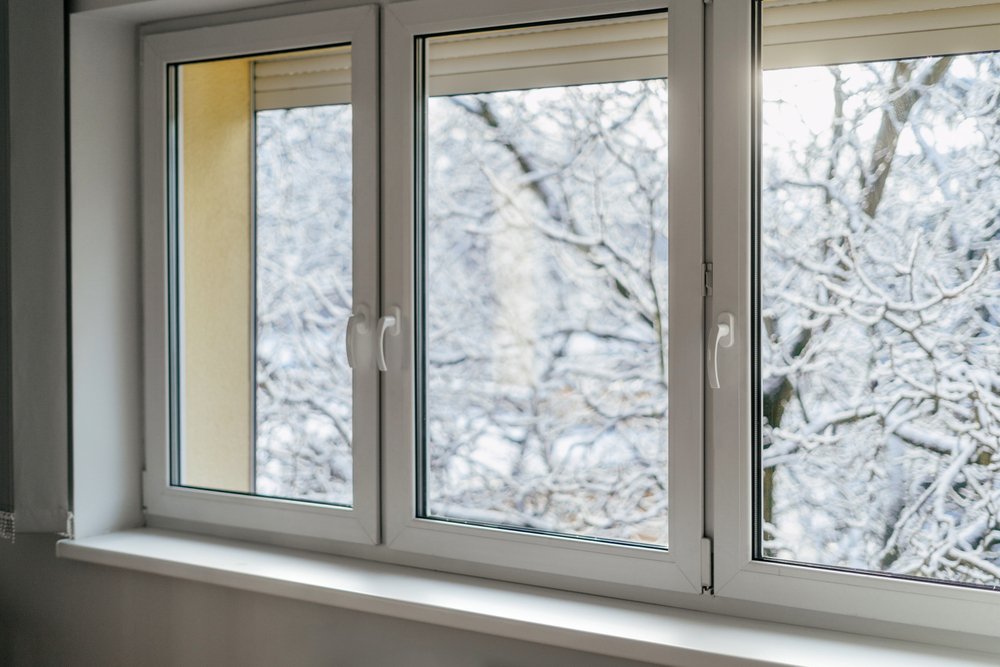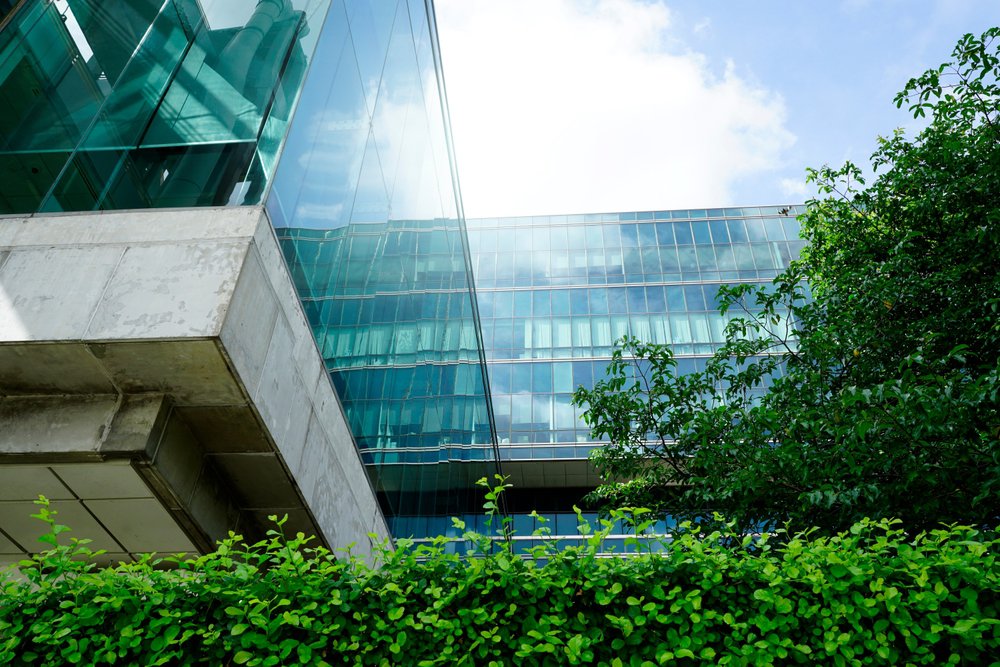How are new energy-efficient glass technologies transforming the construction industry? The shift towards energy efficiency in modern architecture is undeniable, with innovative glass solutions playing a pivotal role. These advancements not only enhance building performance but also align with evolving building codes and standards, reflecting a broader commitment to sustainability and energy conservation.
The Rise of Energy-Efficient Glass Technologies
Energy-efficient glass technologies have seen remarkable advancements in recent years. Low-emissivity (low-E) coatings, for instance, have revolutionized the way glass interacts with heat and light. These coatings minimize the amount of ultraviolet and infrared light that passes through glass without compromising the amount of visible light transmitted. As a result, buildings can maintain a more consistent internal temperature, reducing the need for excessive heating or cooling.
Dynamic glazing is another groundbreaking innovation. This technology allows glass to change its properties based on external conditions, such as sunlight intensity. By automatically adjusting its tint, dynamic glazing can significantly reduce glare and solar heat gain, enhancing occupant comfort and energy efficiency. This adaptability makes it an ideal choice for modern buildings aiming to optimize energy use.
The performance benefits of these technologies are substantial. Low-E coatings can reduce energy loss by up to 40%, while dynamic glazing can cut energy consumption by up to 20%. These savings translate into lower utility bills and a reduced carbon footprint, making energy-efficient glass a smart investment for both residential and commercial properties. Furthermore, these advancements contribute to the overall sustainability goals of the construction industry, aligning with global efforts to combat climate change.

Impact on Building Codes
The integration of energy-efficient glass technologies has significantly influenced building regulations and standards. Governments and regulatory bodies are increasingly recognizing the importance of sustainable construction practices. As a result, many building codes now mandate the use of energy-efficient materials, including advanced glass solutions, to meet specific energy performance criteria.
For example, the International Energy Conservation Code (IECC) has incorporated stringent requirements for window performance. These include lower U-factors and Solar Heat Gain Coefficients (SHGC), which directly relate to the efficiency of low-E coatings and dynamic glazing. By setting these benchmarks, the IECC ensures that new constructions and major renovations prioritize energy efficiency.
In addition, the Leadership in Energy and Environmental Design (LEED) certification has updated its criteria to reflect the benefits of energy-efficient glass. Projects aiming for LEED certification can earn points by incorporating advanced glazing technologies that enhance thermal performance and daylighting. This not only promotes the use of innovative glass but also encourages architects and builders to adopt a holistic approach to sustainability.
Case Studies of Implementation
Several recent construction projects have successfully implemented energy-efficient glass, showcasing its tangible benefits. One notable example is the Bullitt Center in Seattle, often referred to as the "greenest commercial building in the world." The building utilizes triple-glazed windows with low-E coatings, which contribute to its net-zero energy status. These windows help maintain optimal indoor temperatures, reducing the building's reliance on heating and cooling systems.
Another impressive case is the Edge building in Amsterdam, which features dynamic glazing technology. This smart glass adjusts its tint based on the intensity of sunlight, significantly reducing glare and solar heat gain. As a result, the building has achieved a significant reduction in energy consumption compared to traditional office buildings. The Edge's innovative use of energy-efficient glass has earned it the highest sustainability score ever awarded by the Building Research Establishment Environmental Assessment Method (BREEAM).
In the residential sector, the Bosco Verticale in Milan stands out. This pair of residential towers incorporates low-E glass to enhance thermal insulation and reduce energy costs. The buildings also feature extensive greenery, which works in tandem with the energy-efficient glass to create a microclimate that further improves energy performance.

Challenges and Future Directions
Despite the clear benefits, the widespread adoption of energy-efficient glass faces several challenges. One of the primary obstacles is cost. Advanced glazing technologies, such as low-E coatings and dynamic glazing, often come with a higher price tag compared to traditional glass. This initial investment can be a deterrent for some builders and developers, particularly in markets where budget constraints are a significant concern.
Installation complexities also pose a challenge. Energy-efficient glass requires precise installation to ensure optimal performance. This often necessitates specialized training for contractors and installers, which can add to the overall project cost and timeline. Additionally, retrofitting existing buildings with energy-efficient glass can be more complicated and expensive than incorporating it into new constructions.
Looking ahead, the future of energy-efficient glass is promising. Ongoing research and development are likely to yield new materials and technologies that further enhance performance and reduce costs. For instance, advancements in nanotechnology could lead to the creation of even more effective low-E coatings. Similarly, improvements in smart glass technology may result in more affordable and versatile dynamic glazing solutions.
The Path Forward for Glass Technologies
Energy-efficient glass technologies are transforming the construction industry by enhancing building performance and aligning with evolving building codes. Innovations like low-emissivity coatings and dynamic glazing offer significant energy savings and improved occupant comfort. These advancements are reflected in stricter building regulations and standards, promoting widespread adoption. Real-world applications, such as the Bullitt Center and the Edge building, demonstrate the tangible benefits of these technologies. Despite challenges like cost and installation complexities, the future of energy-efficient glass looks promising with ongoing research and emerging trends.
As the industry continues to prioritize sustainability, energy-efficient glass will play a crucial role in shaping the buildings of tomorrow. Discover cutting-edge, energy-efficient glass technologies that are revolutionizing the construction industry, visit Insul-Lite Manufacturing today.





